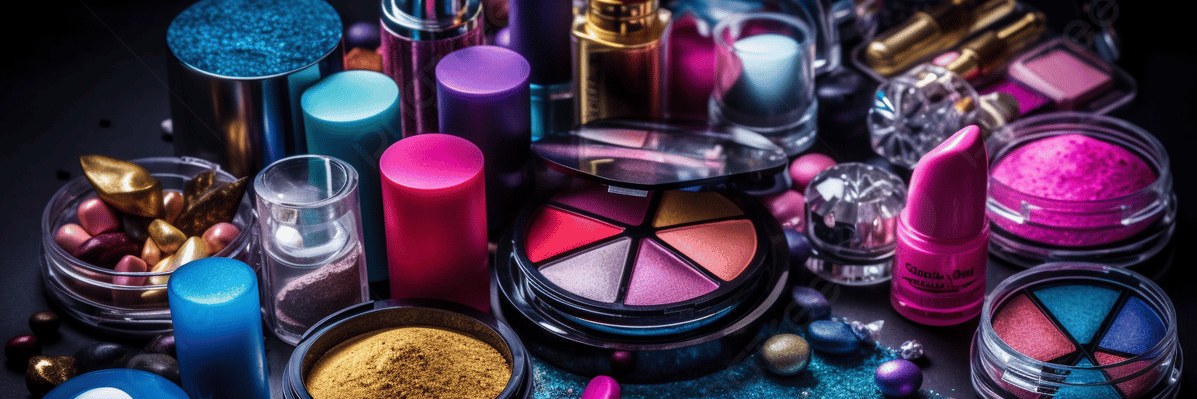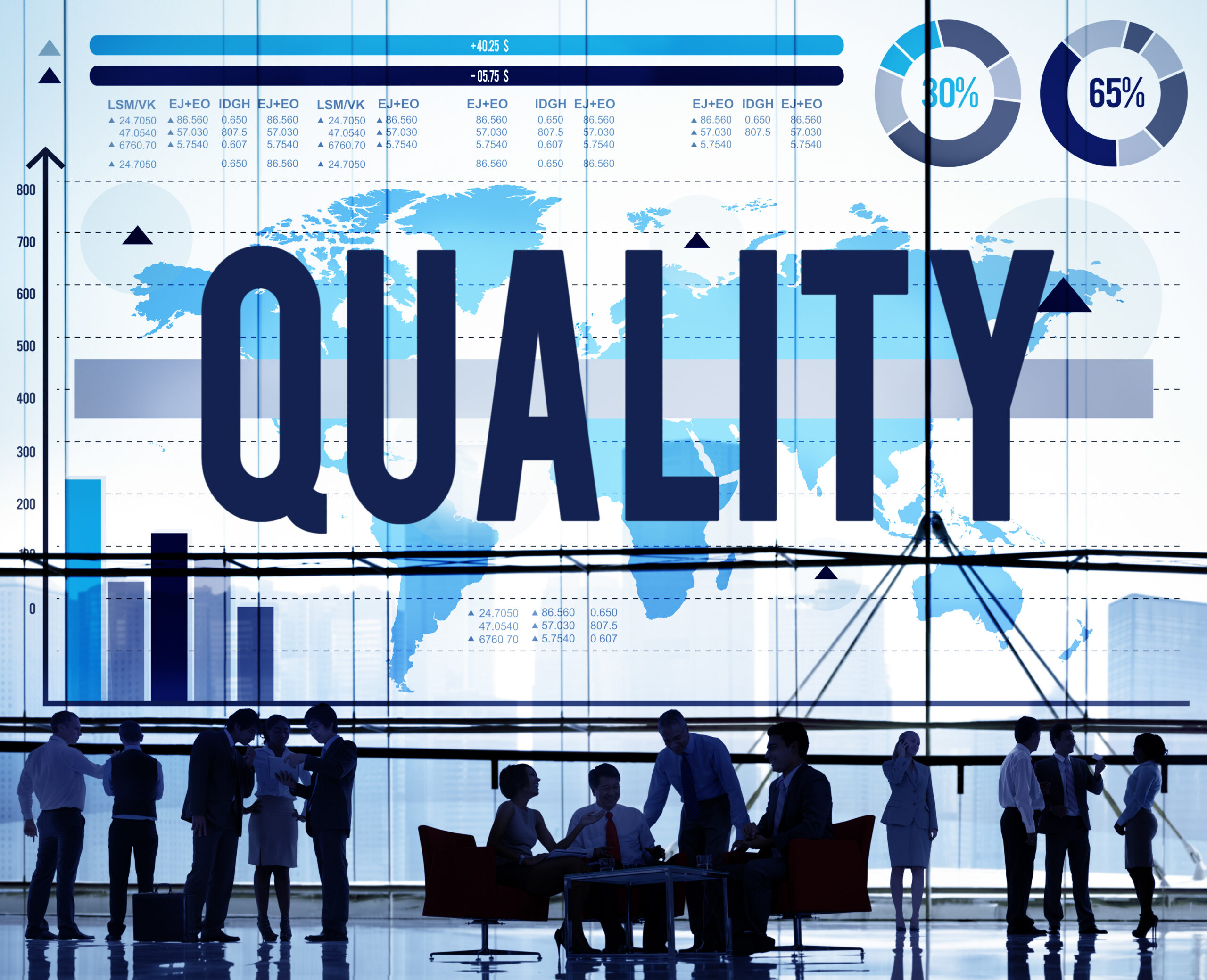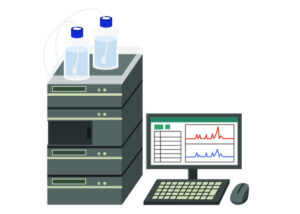The Production Department in the Cosmetics :
In the contemporary cosmetics landscape, the Production Department is the nucleus that ensures conceptual formulations evolve into market-ready products. It acts as the strategic bridge between Research & Development, Quality Assurance, and Supply Chain Management.
This blog provides an end-to-end perspective on its traditional foundations, modern standard operating protocols, and future-ready strategies aligned with regulatory compliance and sustainable manufacturing.
📌 Table of Contents
1. Introduction
2. Core Objectives of the Production Department
3. Key Functions and Processes
4. Departmental Structure and Roles
5. Regulatory and GMP Compliance
6. Challenges in Cosmetic Production
7. Best Practices for Operational Excellence
8. Emerging Trends Shaping Production
9. Conclusion
1️⃣ Introduction
The Production Department is the backbone of any cosmetic manufacturing organization. While marketing defines the demand and R&D creates formulations, it is the production vertical that actualizes the product vision.
https://www.lifevisioncosmetics.com/Top-10-Cosmetic-Manufacturers-in-India
A robust production setup not only ensures consistent quality but also contributes significantly to cost optimization, brand reputation, and market agility.
—
2️⃣ Core Objectives of the Production Department
The department’s objectives can be formally articulated as follows:
✅ Efficient Manufacturing: Timely production of cosmetic products in alignment with demand forecasts and supply chain plans.
✅ Regulatory Compliance: Adherence to national and international quality standards, e.g., GMP (Good Manufacturing Practices), ISO standards, FDA guidelines, etc.
✅ Cost Management: Minimization of wastage, optimization of raw material utilization, and rationalization of overheads.
✅ Innovation Integration: Seamless incorporation of new formulations and process improvements into the production line.
✅ Sustainability: Adoption of eco-friendly and energy-efficient production methods to align with environmental regulations and CSR commitments.
—
3️⃣ Key Functions and Processes
Below are the critical functions of the Production Department in a cosmetics company:
🔹 Batch Manufacturing:
Preparing bulk batches as per standardized Master Formulation Records.
Ensuring raw materials meet specifications before usage.
Maintaining batch manufacturing records for traceability.
🔹 Filling & Packaging:
Transferring bulk product into primary containers (tubes, bottles, jars).
Labeling, coding, and secondary packaging as per marketing and regulatory requirements.
🔹 Process Validation:
Verifying that equipment and procedures consistently deliver quality outputs.
Documenting cleaning validation, equipment qualification, and line clearance.
🔹 In-Process Quality Control:
Sampling during production to verify critical quality attributes (viscosity, pH, microbiological parameters).
🔹 Inventory Coordination:
Collaborating with the warehouse for timely material issuance and reconciliation.
—
4️⃣ Departmental Structure and Roles
A traditional Production Department structure typically includes:
🔸 Production Head/Manager: Overall accountability for production targets, GMP adherence, and team management.
🔸 Production Executives/Supervisors: Responsible for day-to-day operations, line clearance, process monitoring.
🔸 Machine Operators & Technicians: Operate mixers, filling lines, labeling machines, and other equipment.
🔸 Documentation Staff: Maintain production records and batch documentation.
🔸 Maintenance Support: Ensure all production equipment is operational and calibrated.
This hierarchical setup promotes accountability, workflow efficiency, and regulatory compliance.
—
5️⃣ Regulatory and GMP Compliance
Cosmetic manufacturing is governed by stringent quality regulations:
✅ Schedule M-II (India): Standards for manufacturing cosmetics.
✅ ISO 22716: International GMP guidelines for cosmetic products.
✅ FDA 21 CFR Part 700: US-specific regulatory requirements.
The Production Department must:
Implement SOPs (Standard Operating Procedures).
Conduct Training Programs for employees.
Maintain Traceability Records of all production batches.
Ensure Product Recall Protocols are established.
–—
6️⃣ Challenges in Cosmetic Production
Some prominent challenges include:
🔻 Managing short shelf-life ingredients.
🔻 Controlling microbial contamination risks in aqueous formulations.
🔻 Balancing scale-up from lab batches to commercial production.
🔻 Ensuring consistent viscosity, texture, and appearance across batches.
🔻 Navigating global regulatory variations for export markets.
—
7️⃣ Best Practices for Operational Excellence
Leading manufacturers adopt these best practices:
🌿 Lean Manufacturing: Minimizing waste and maximizing efficiency.
📈 Digital Batch Records: Implementing ERP systems for real-time monitoring.
🔍 Routine Equipment Calibration: To ensure process consistency.
🔄 Continuous Training: Upskilling operators on GMP and safety.
🔬 Robust Process Validation: Establishing control limits and preventive maintenance plans.
—
8️⃣ Emerging Trends Shaping Production
🚀 Automation & Industry 4.0: Smart sensors, robotics, and predictive analytics are redefining production workflows.
♻️ Sustainable Packaging Integration: Incorporating recyclable and biodegradable materials.
🧪 Clean Beauty Formulations: Demand for preservative-free, allergen-free products requires adapted production protocols.
📊 Data-Driven Manufacturing: AI-driven insights to optimize yields and forecast maintenance.
—
9️⃣ Conclusion
The Production Department in the cosmetics industry is an intricate ecosystem that merges traditional quality principles with cutting-edge technologies. For brands aiming for scalability, sustainability, and global market readiness, a future-proof production strategy is not optional—it is imperative.
By embracing best practices, regulatory compliance, and innovative process management, cosmetic manufacturers can secure long-term growth and consumer trust in a highly competitive marketplace.
—
If you found this overview insightful, consider subscribing to our newsletter at CosmeticGyaan.com for more industry-focused guides and resources.



 Structure of the Quality Department
Structure of the Quality Department Objectives of the Quality Department
Objectives of the Quality Department Key Responsibilities of the Quality Department
Key Responsibilities of the Quality Department Key Regulatory Standards & Guidelines
Key Regulatory Standards & Guidelines Equipment and Tools Used in QC Labs
Equipment and Tools Used in QC Labs Documentation Maintained
Documentation Maintained Qualifications & Skills in Quality Department Roles
Qualifications & Skills in Quality Department Roles Importance of the Quality Department
Importance of the Quality Department